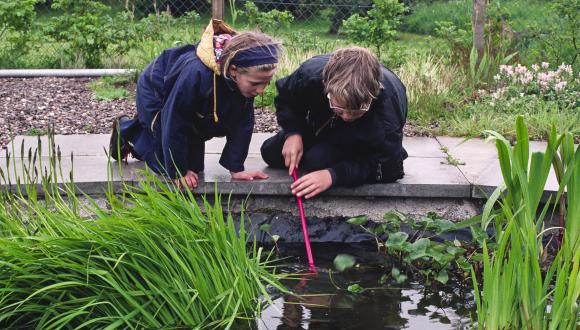
Finding your local greenspace

It can be easy to sit in school and think there is no greenspace within walking distance but most of the time this is not true. The easiest and best way to find out is to take a walk. Ideally, take some colleagues with you to bounce ideas off. The greenspace doesn’t need to be big or ‘special’, and remember it can and will change; so what may appear to be an urban desert or overrun with nettles will not always be so.
Involve pupils; where do they play or hang out after school? Could they design and carry out a survey of fellow pupils, local staff and/or the school community, to find out about local greenspaces and how they are used? Might they create a map of the local area for others to annotate with information and memories as a starting point for their own visits?
You or your pupils could access online maps and tools such the Greenspace Map for Outdoor Learning; Core path maps; Google maps; the Woodland Trust Find a Wood search; or the Fields in Trust search. Are there local leaflets or guides you or your pupils could research?
Don’t necessarily rule out private land; many land owners are happy for local groups to use their space, and don’t automatically discount places that have a reputation for inappropriate night time or weekend use. These can be fantastic learning resources, and school use may encourage more positive engagement by the wider community.
There may also be options to use unadopted land or stalled spaces.





